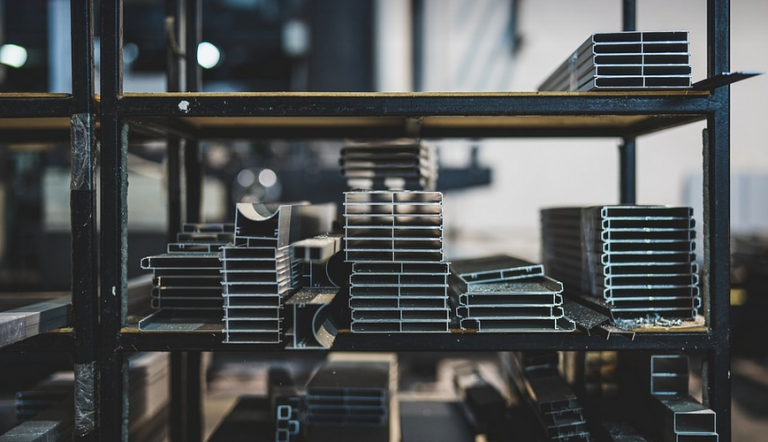
What Is 3D Filament Recycling?
Have you ever tossed out a spool of 3D filament thinking it was just trash? You’d be surprised how much material is wasted in the world of 3D printing. But what if there was a way to turn that “waste” into something valuable again? That’s exactly where 3D filament recycling comes in. It’s like taking your leftover plastic and giving it a second life!
Think about it: you print something, then use up the filament for a different project; perhaps you had an experimental fail, or maybe you just ran out of what you needed. The good news is that these scraps can be recycled. This process utilizes specialized equipment and cleaning techniques to prepare the waste material for reuse.
Why is Recycling Filament So Important?
The environmental impact of plastic waste is a big concern, and 3D filament recycling plays a vital role in minimizing this problem. It reduces reliance on virgin materials, which are often extracted from fossil fuels, contributing to greenhouse gas emissions and pollution. When you recycle your filament, you’re also reducing the amount of plastic that ends up in landfills or oceans.
Here’s a deeper look at why it matters:
- **Reduced Carbon Footprint:** 3D printing is energy-intensive, and using recycled filament reduces the energy required to produce new materials. Every spool of recycled filament translates into less carbon dioxide emissions.
- **Sustainable Development:** Recycling helps create a circular economy where waste becomes a resource, contributing to sustainable practices in 3D printing.
- **Environmental Responsibility:** Engaging in responsible waste management is essential for protecting our planet. It demonstrates a commitment to environmental stewardship and social responsibility.
The Benefits of Using Recycled Filament
Using recycled filament can offer more than just environmental benefits; it also provides tangible advantages for 3D printing enthusiasts:
- **Cost-Saving:** Often, recycled filament is a much more economical option compared to buying new materials. This reduces your overall expenses for projects, especially if you print frequently.
- **Quality and Performance:** Recycled filaments are often as good or even better than their original counterparts in terms of strength, durability, and print quality. They’re often just a little more dense.
- **Ethical Choice:** Choosing recycled filament is aligning with ethical principles – supporting initiatives that lessen environmental impacts and contribute to a more sustainable future for 3D printing.
Finding Your Perfect Recycling Service
Ready to start your journey into the world of 3D filament recycling? The process can be easier than you think. Here’s how to find the right service:
- **Online Research:** Start by searching online for “3D filament recycling services near me.” Explore resources like websites dedicated to 3D printing communities.
- **Local Community Groups:** Join local 3D printing groups or forums. These platforms often have members who have experience with recycling and can provide valuable recommendations.
- **Manufacturer Support:** Check if your 3D printer manufacturer offers a filament recycling program.
Recycle Your Filament, Help the Planet!
Let’s face it; we all want to leave a positive footprint on this planet. 3D filament recycling is a simple yet powerful step towards a more sustainable future for our beloved hobby of 3D printing.
It’s time to embrace responsible practices and make a difference! So, the next time you finish a print and have leftover filament, think about this: What kind of impact will it leave on the environment? And what could be done differently?
“Save Your Prints, Save the Planet” – A mantra that speaks volumes about our collective responsibility in shaping a greener future for 3D printing.


